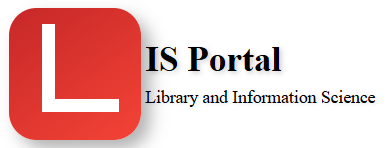Data mapping is the process of creating a relationship or association between two sets of data, typically between the data elements in a source system and the data elements in a target system. The goal of data mapping is to ensure that data can be transformed and moved from one system to another in a consistent and meaningful way.
In the context of library and information science, data mapping is often used when migrating data from one system to another, such as when moving from one library management system to another. In this context, data mapping may involve mapping data elements such as author, title, and publication date between the source and target systems to ensure that the data is correctly translated and preserved during the migration process.
Example: A library may be using an older library management system and want to migrate to a newer system. Data mapping would involve identifying the fields in the old system and matching them to the equivalent fields in the new system. This might involve mapping fields such as author, title, and publication date between the two systems. The data mapping process would then be used to guide the migration of data from the old system to the new system, ensuring that data is correctly translated and preserved during the migration process.
Data mapping is an important step in ensuring the accuracy and consistency of data during migration processes and helps to ensure that data remains usable and accessible after the migration is complete.
some of the tools used for data mapping include:
-
Library management systems (LMS) – such as Koha or Evergreen, which often have built-in data mapping capabilities for migrating data from one system to another.
-
Metadata management systems – such as Dublin Core or VRA Core, which can be used to map metadata elements between source and target systems.
-
Data integration tools – such as Talend or MuleSoft, which can be used for mapping and integrating data from various library systems and applications.
-
Custom scripts – such as Python or SQL, which can be used to automate the data mapping process, especially in cases where a commercial tool is not available or appropriate.
-
Linked data platforms – such as Linked Data Notation (LDN) or Resource Description Framework (RDF), which can be used to map and link data elements between library systems and other information resources.
These tools help libraries and archives to map and integrate data between different systems and applications, and ensure that data is consistent and accurately represented. The specific tools used will depend on the needs and requirements of the organization.
